sorry for the text wall But please enjoy
Main Wikipedia Description

The de Havilland Vampire is a British jet fighter which was developed and manufactured by the de Havilland Aircraft Company. It was the second jet fighter to be operated by the RAF, after the Gloster Meteor, and the first to be powered by a single jet engine.
Development of the Vampire as an experimental aircraft began in 1941 during the Second World War, to exploit the revolutionary innovation of jet propulsion. From the company's design studies, it was decided to use a single-engine, twin-boom aircraft, powered by the Halford H.1 turbojet (later produced as the Goblin). Aside from its propulsion system and twin-boom configuration, it was a relatively conventional aircraft. In May 1944 it was decided to produce the aircraft as an interceptor for the Royal Air Force (RAF). In 1946 the Vampire entered operational service with the RAF, only months after the war had ended.
The Vampire quickly proved to be effective and was adopted as a replacement of wartime piston-engined fighter aircraft. During its early service it accomplished several aviation firsts and achieved various records, such as being the first jet aircraft to cross the Atlantic Ocean. The Vampire remained in front-line RAF service until 1953 when its transfer began to secondary roles such as ground attack and pilot training, for which specialist variants were produced. The RAF retired the Vampire in 1966 when its final role of advanced trainer was filled by the Folland Gnat. The Royal Navy had also adapted the type as the Sea Vampire, a navalised variant suitable for operations from aircraft carriers. It was the service's first jet fighter.
The Vampire was exported to many nations and was operated worldwide in numerous theatres and climates. Several countries used the type in combat including the Suez Crisis, the Malayan Emergency and the Rhodesian Bush War. By the end of production, almost 3,300 Vampires had been manufactured, a quarter of these having been manufactured under licence abroad. de Havilland pursued the further development of the type; major derivatives produced include the DH.115, a specialised dual-seat trainer and the more advanced DH.112 Venom, a refined variant for ground attack and night-fighter operations.
Royal Air Force Service 🇬🇧
[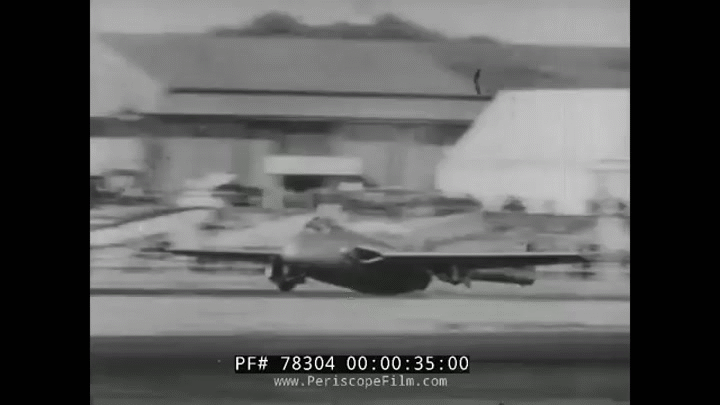
In 1946, the first Vampire Mk I fighters entered RAF service in the interceptor role.[9][c] Soon thereafter, considerable numbers of Mk I aircraft began equipping RAF squadrons of the Second Tactical Air Force stationed in Germany, often to replace wartime fighters such as the Hawker Typhoon, Hawker Tempest, and North American Mustang. On 3 July 1948, the Vampire became the first jet aircraft to equip peacetime units of the Royal Auxiliary Air Force, gradually replacing the de Havilland Mosquito in this capacity.[9]
On 23 June 1948, the first production Vampire Fighter-Bomber Mk 5 (otherwise commonly designated as the FB.5), which had been modified from a Vampire F.3, carried out its maiden flight.[9] The FB.5 retained the Goblin III engine of the F.3, but featured armour protection around engine systems, wings clipped back by 1 ft (30 cm), and longer-stroke main landing gear to handle greater takeoff weights and provide clearance for stores/weapons load. An external tank or 500 lb (227 kg) bomb could be carried under each wing, and eight "3-inch" rocket projectiles ("RPs") could be stacked in pairs on four attachments inboard of the booms.[37] Although the adoption of an ejection seat was being considered at one stage, it was ultimately not fitted.[citation needed]
At its peak, a total of 19 RAF squadrons flew the Vampire FB.5 in Europe, the Middle East and the Far East. By far, the theatre in which the largest number of Vampires were stationed was Germany; this extensive deployment by the RAF has been viewed as one measure of the emerging Cold War climate between West and East Europe, as well as being a reaction to events such as the Korean War and the Berlin Blockade.[38] Vampires were also operated by a number of active and reserve squadrons stationed in the UK.[39]
A number of RAF Vampires were used in active combat within the Far East during the Malayan Emergency, fought in the late 1940s and early 1950s.[39] Specifically, the Vampire FB.5 typically undertook attack missions using a combination of rockets and bombs against insurgent targets often located in remote jungle areas throughout in Malaysia.[39] The Vampire FB.5 became the most numerous single-seat variant of the type, 473 aircraft having been produced.
Experience of Vampire operation in tropical climates led to the development of new models featuring refrigeration equipment for pilot comfort and increasingly powerful models of the Goblin engine, to counter the degradation of performance in hot conditions.[40] The RAF decided to adopt a new model of the Vampire featuring the Goblin 3 engine. Accordingly, in January 1952, the first Vampire FB.9 was introduced to service and were first used by the Far East Air Force, soon replacing its older FB.5 aircraft.[40] The FB.9 was deployed to various parts of the Middle East and Africa, including a brief 1954 deployment against Mau Mau insurgents in Kenya.[41] It was gradually replaced by the de Havilland Venom, a swept wing development of the Vampire.[40]
An RAF Vampire NF.10 of No. 25 Squadron, circa 1954
The Vampire NF.10 served from 1951 to 1954 with three squadrons (23, 25 and 151) but was often flown in daytime as well as night time. After its replacement by the De Havilland Venom, these aircraft underwent conversion to the NF(T).10 standard, after which they were operated by the Central Navigation and Control School at RAF Shawbury. Other aircraft were sold on to the Indian Air Force for further use.
By 1953, the Vampire FB.5 was being increasingly considered to be obsolete, having not kept up with the advancements made on the Meteor 8.[39] The RAF eventually relegated the single-seat Vampire to advanced training roles in the mid-1950s, and the type had been generally phased out of RAF service by the end of the decade.[5]
The final variants of the Vampire was the T (trainer) aircraft. Being first flown from the old Airspeed Ltd factory at Christchurch, Hampshire, on 15 November 1950, production deliveries of the Vampire trainer began in January 1952. Over 600 examples of the T.11 were produced at Hatfield and Chester and by Fairey Aviation at Manchester Airport. By 1965, the Vampire trainer had been mostly withdrawn, its replacement in the advanced training role being the Folland Gnat; only a small number of Vampire T.11s remained in service, typically for the training of foreign students until these too were retired in 1967.
A small number of aircraft that were used in secondary roles carried on in these capacities until the withdrawal of the last operational aircraft from service with No. 3 Civilian Anti-Aircraft Co-operation Unit at Exeter at the end of 1971. A single aircraft continued to be flown and remained in official service with the RAF as part of the "Vintage Pair" display team (along with a Gloster Meteor); however, this aircraft was lost as a result of a crash in 1986.
Last stand Rhodesia
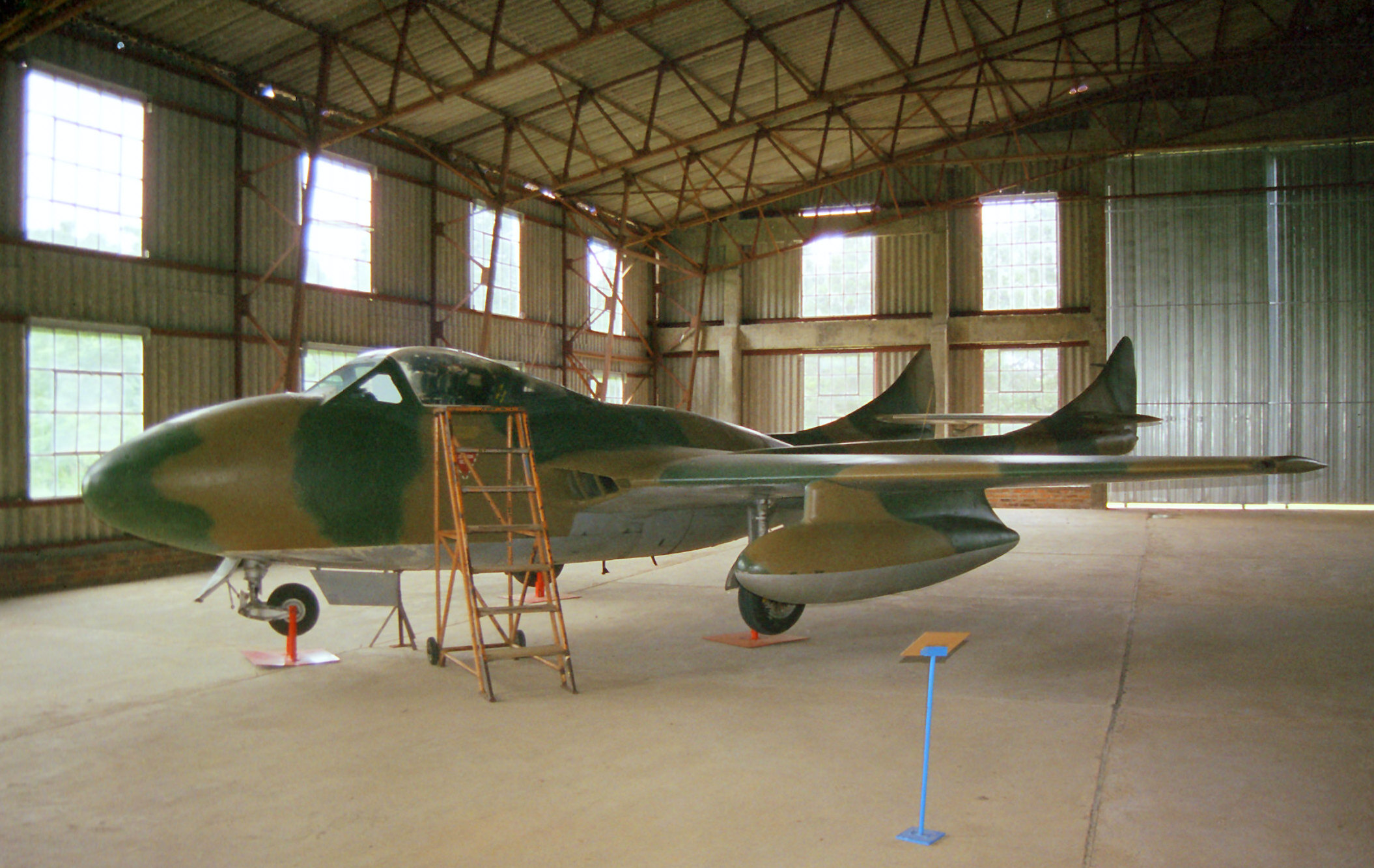 The Rhodesian Air Force acquired 16 Vampire FB.9 fighters and a further 16 Vampire T.11 trainers in the early 1950s, its first jet aircraft, equipping two squadrons.[81] These were regularly deployed to Aden between 1957 and 1961, supporting British counter-insurgency operations.[82] 21 more two-seaters and 13 single-seaters were supplied by South Africa in the late 1960s and early 1970s.[83] Rhodesia operated Vampires until the end of the bush war in 1979. In 1977, six were pressed into service for Operation Dingo. They were eventually replaced by the BAE Hawk 60 in the early 1980s. After 30 years service, they were the last Vampires used on operations anywhere.
The Rhodesian Air Force acquired 16 Vampire FB.9 fighters and a further 16 Vampire T.11 trainers in the early 1950s, its first jet aircraft, equipping two squadrons.[81] These were regularly deployed to Aden between 1957 and 1961, supporting British counter-insurgency operations.[82] 21 more two-seaters and 13 single-seaters were supplied by South Africa in the late 1960s and early 1970s.[83] Rhodesia operated Vampires until the end of the bush war in 1979. In 1977, six were pressed into service for Operation Dingo. They were eventually replaced by the BAE Hawk 60 in the early 1980s. After 30 years service, they were the last Vampires used on operations anywhere.
Legacy

More than 180 examples survive in 30 countries, with more than thirty of those in ten countries being airworthy.
A few have been modified for air racing, with four examples making a total of eight appearances at the Reno Air Races so far, winning once.
EXTRAS Congrats for making it so far 🎉
Vampire and Challenger II Depicted

My Vampire and Zaineman’s PSM Interceptor
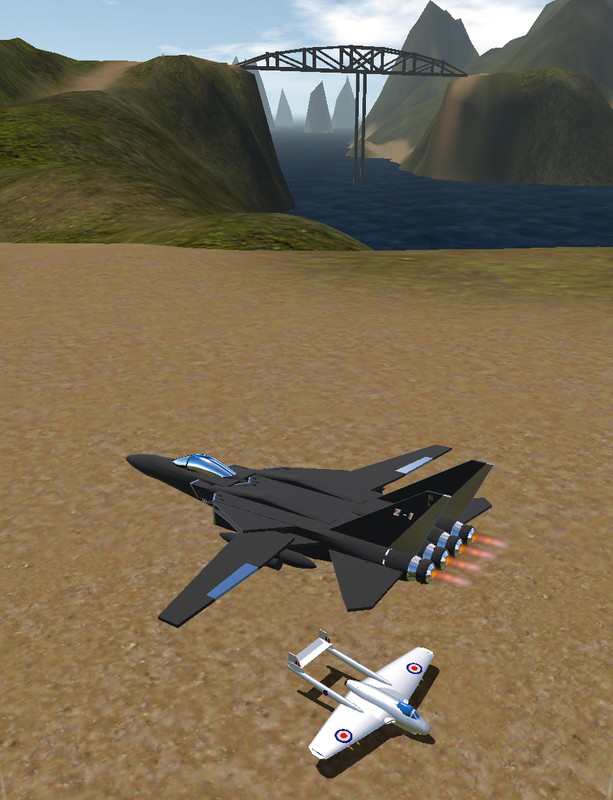
Vampires ready to takeoff

New meets old
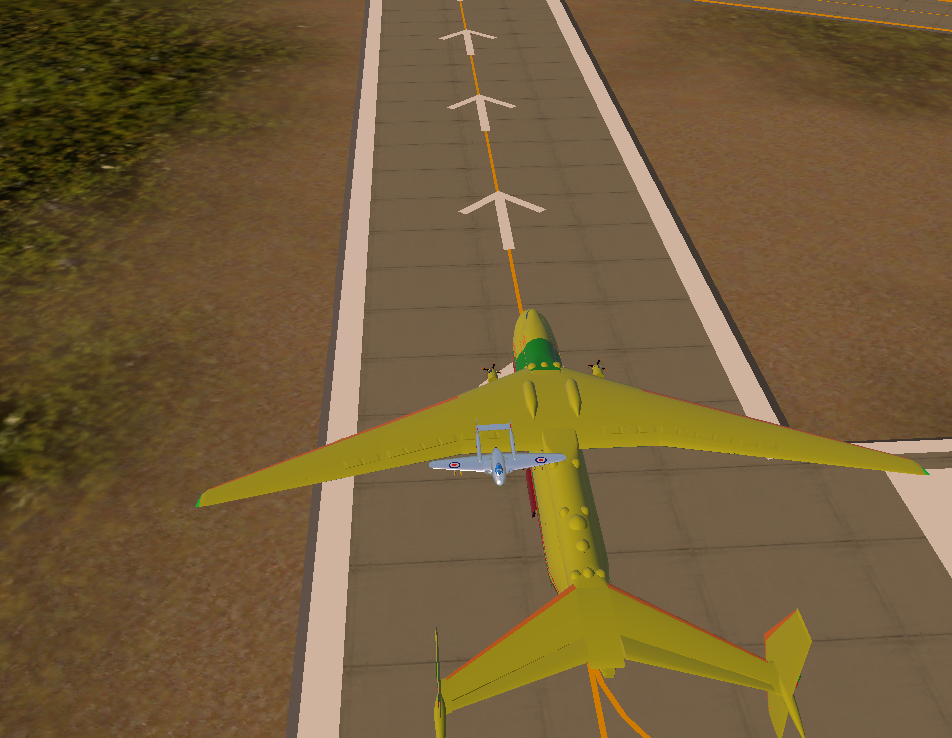
RAH-66 Comanche Aerial View
British tanker by Vampire
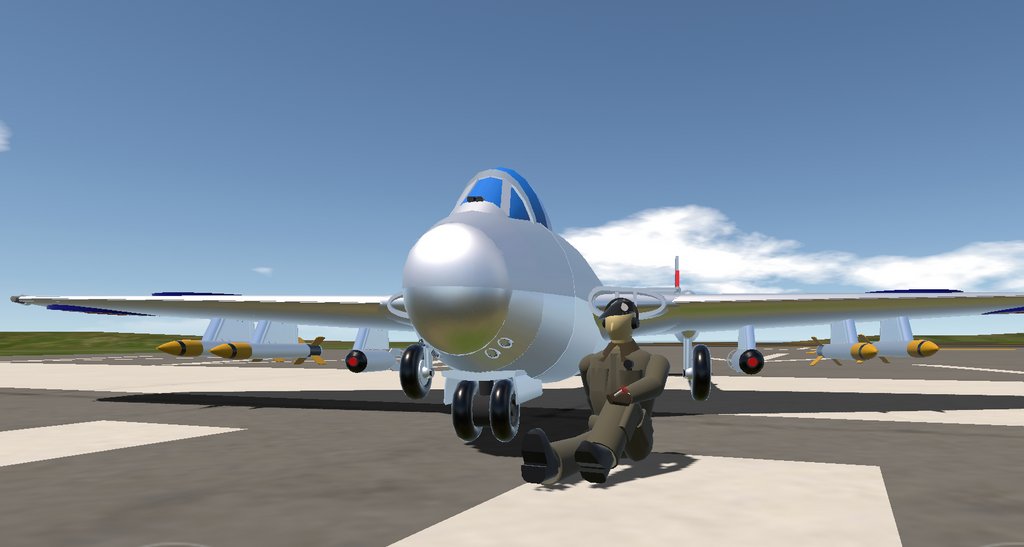
Specifications
Spotlights
- Zaineman 1.6 years ago
General Characteristics
- Created On iOS
- Wingspan 38.1ft (11.6m)
- Length 30.8ft (9.4m)
- Height 7.7ft (2.4m)
- Empty Weight 10,162lbs (4,609kg)
- Loaded Weight 11,048lbs (5,011kg)
Performance
- Power/Weight Ratio 4.068
- Wing Loading 33.3lbs/ft2 (162.6kg/m2)
- Wing Area 331.7ft2 (30.8m2)
- Drag Points 5605
Parts
- Number of Parts 166
- Control Surfaces 7
- Performance Cost 637

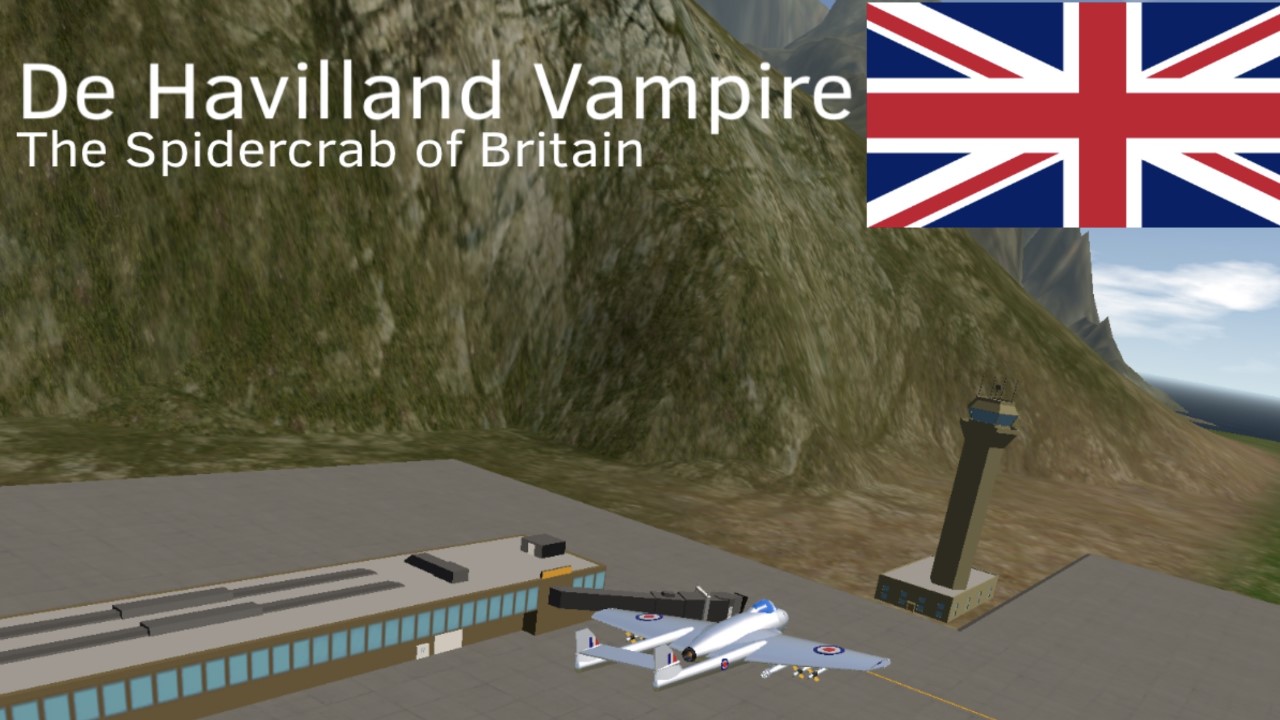
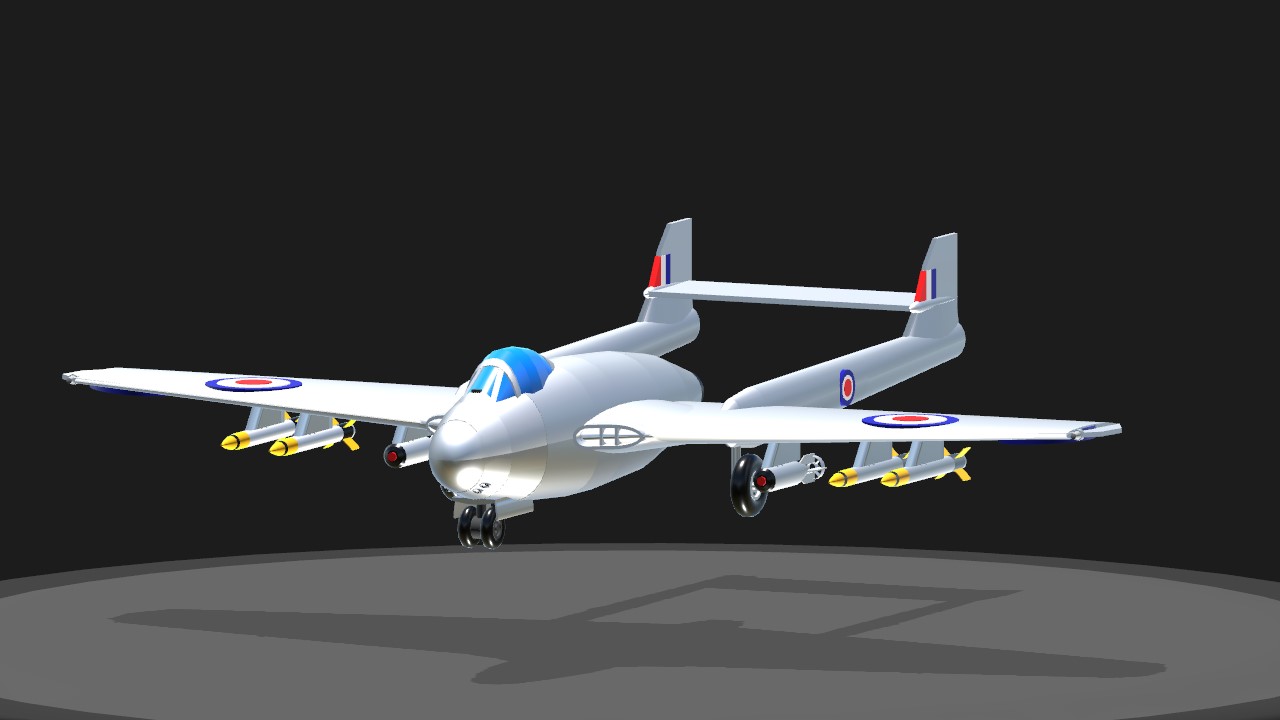
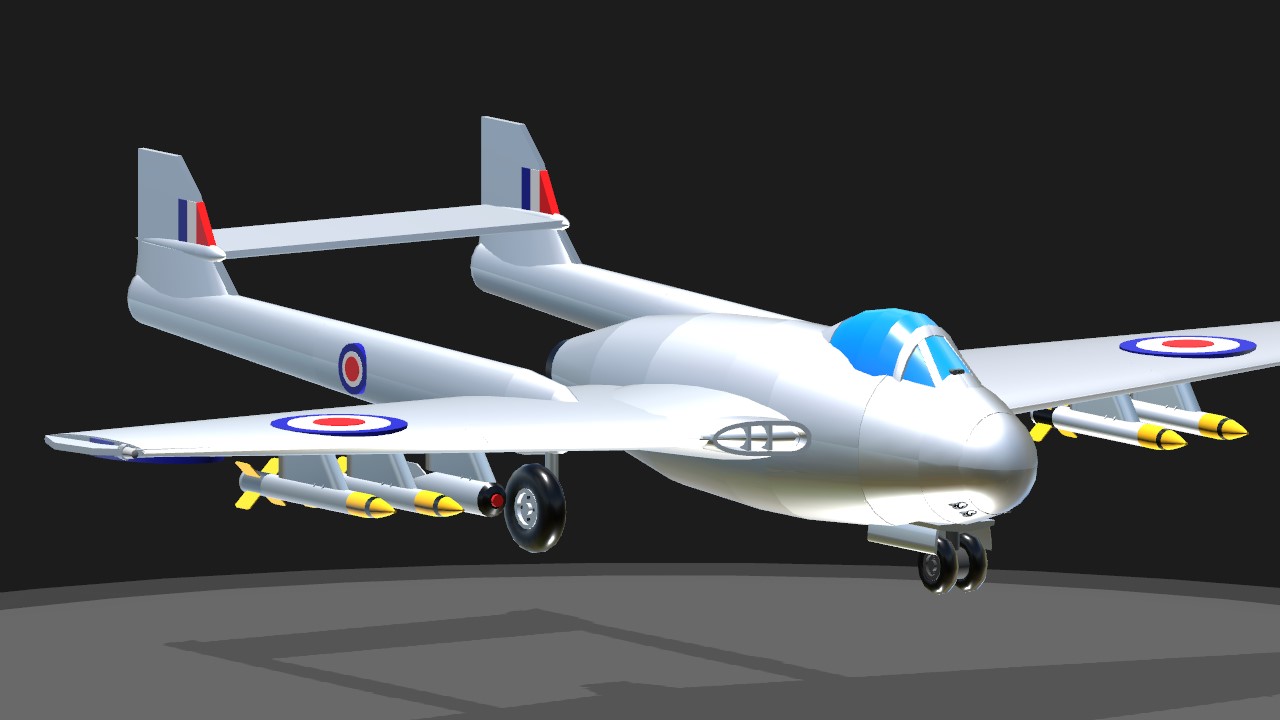
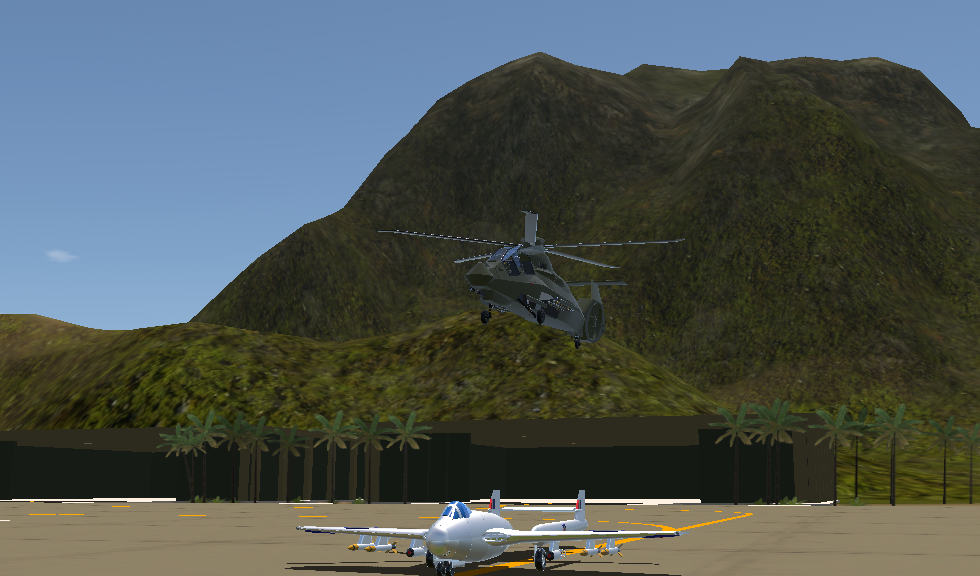
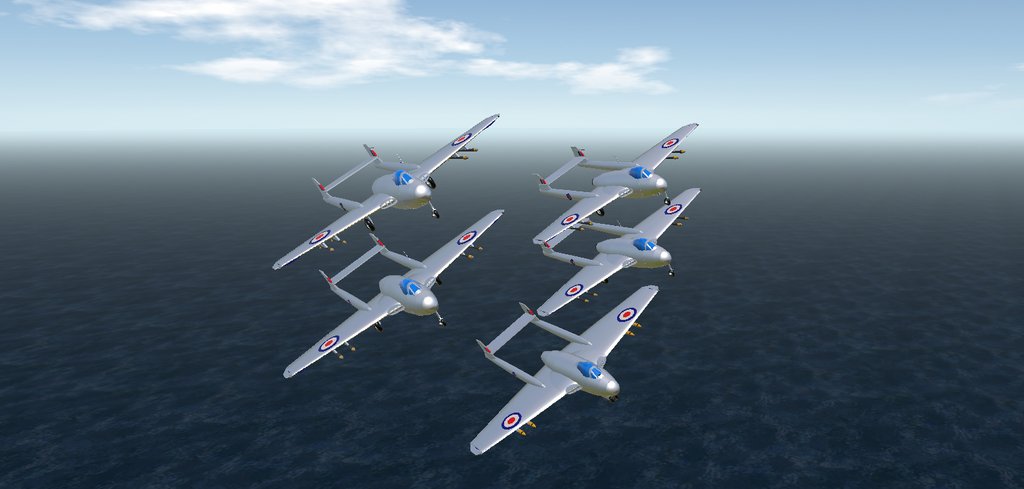
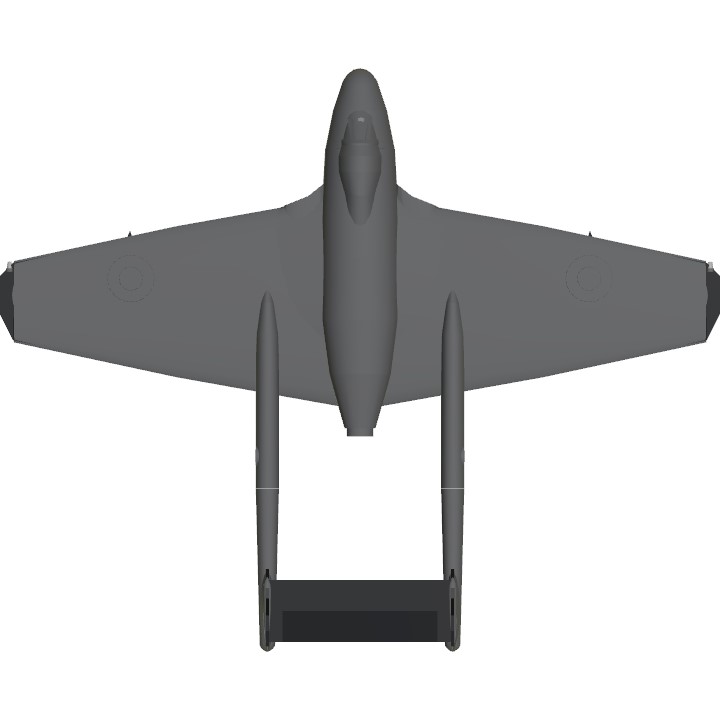

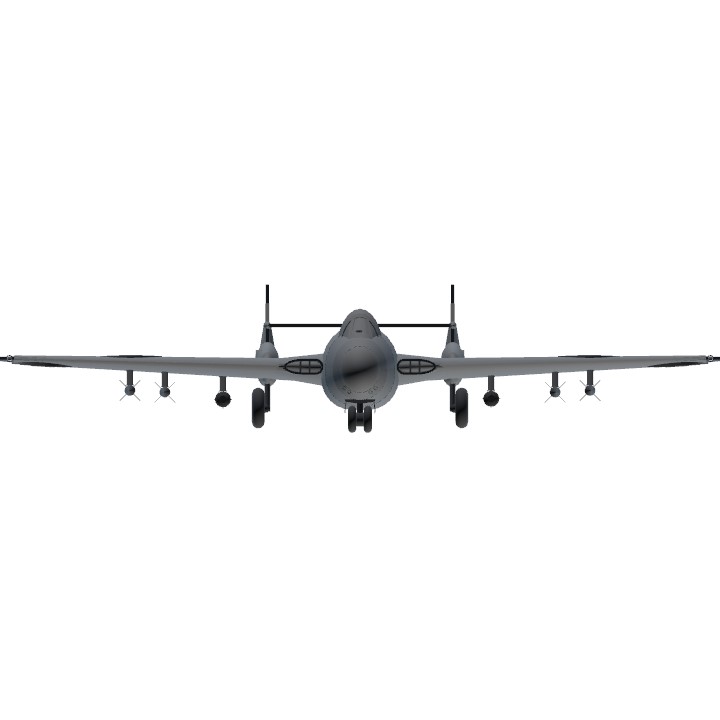
Thank you for the pic !
@realSavageMan I changed it so now it’s the 2023 version :P
@realSavageMan ill change it
@WaterFlavouredSpitfires you made a mistake then. Download again.
@realSavageMan Uhmmm no I specifically downloaded the one from yesterday?????
@WaterFlavouredSpitfires The screenshot, not link
@realSavageMan Wait No thats the new one tho
@realSavageMan oops
You used my old 2018 version Comanche. Should’ve used the new one